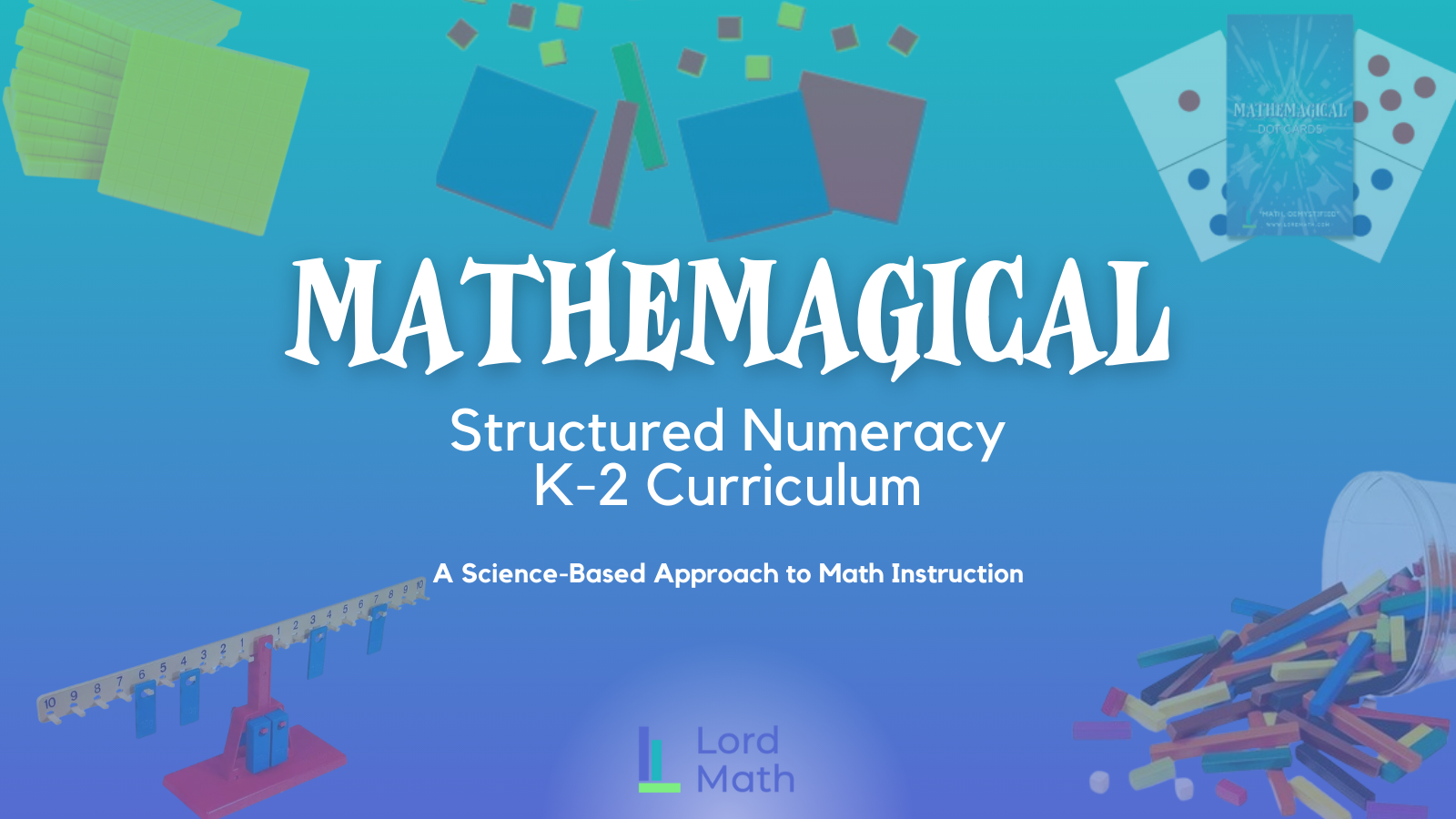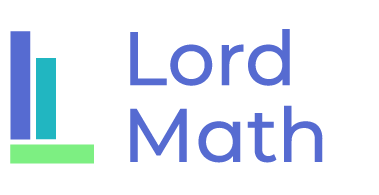
A Hotly-Debated Topic…
If you follow the discussions around the best methods for math instruction, you may know one of the most hotly debated topics is Explicit vs. Inquiry-Based Instruction.
Let me start by saying I am not an EITHER/OR kind of person… I am a BOTH/AND.
These debates sound to me like those crazy “Would you rather?” questions my 8-year-old son loves to ask.
“Would you rather eat nothing but spaghetti or nothing but lettuce for the rest of your life?” “Would you rather wear a snowsuit in summer or a swimsuit in winter??” As if these are actual decisions we have to make!
The Brain’s Role in Instructional Methods
First, we need to understand that different types of instruction activate different parts of the brain.
A while back I was listening to a webinar on neuroscience as it relates to health, and the speaker shared this example: If I take a walk, and I’m very goal-oriented – perhaps I choose a tree or landmark ahead of me and aim to make it there in a certain amount of time – this activates neural networks located particularly in the left hemisphere of the brain.
If instead when I take a walk, I wander through the woods without a particular goal, but instead to explore and see where it leads me – this activates different neural networks in my brain, more so located in the right hemisphere.

Choosing between one type of instruction or another is like asking the crazy question: “Would you rather have only a left brain or only a right brain?”
Perhaps these are fun hypotheticals for some but they are not choices we need to make in real life. I don’t know about you but my answer is BOTH!
I want BOTH a right brain AND a left brain, not to choose to live with only half a brain. (Cue: the Wizard of Oz scarecrow singing “if I only had a brain”…but I digress.)
Many math leaders today emphasize inquiry-based and exploratory learning, stating that the goal of math class is to develop mathematical reasoning.
Meanwhile, many special educators emphasize explicit and direct instruction, stating the goal is to develop knowledge of math facts, basic skills, and procedures.
Cognition and Math Achievement
Let’s take a step back from this and consider what we know about cognition, which is the process of how we acquire knowledge and understanding through thought, experience, and the senses. Research shows that out of five primary cognitive areas, three impact both math and reading similarly, while two impact math achievement more strongly than reading: Visual Processing and Fluid Reasoning.
Visual Processing is the ability to make use of simulated mental imagery, often in conjunction with currently perceived images, to solve problems. Skills like subitizing, groupitizing, and comparing quantities are visual abilities that form the foundation of number sense and are likely tied to Visual Processing.
Fluid Reasoning is the deliberate but flexible control of attention to solve novel, on-the-spot problems that cannot be performed by relying exclusively on previously learned habits, schemas, and scripts. Our innate abilities to comprehend, reason and problem-solve are more related to our Fluid Reasoning abilities.
Keep in mind that all of these cognitive abilities fall on a spectrum and may vary significantly for each student.
Our goal in math class is not just to develop mathematical reasoning. Nor is it just to develop number sense and math facts – it’s BOTH/AND.
My goal for myself, my students, and all of us, is to have fully-developed brains, or at least as fully-developed as possible. We don’t have to make a choice between one side or the other. Fully developing our brains means proactively choosing activities that develop every part of the brain.
AND, it means identifying the areas of our brains that are underdeveloped, then choosing targeted activities that develop those areas. Is a student lacking mathematical reasoning skills? Then let’s target that. Is the student lacking number sense, math facts, or a strong ability to subitize, groupitize, and decompose numbers? Then let’s target that.
What does this mean for instruction?
It means providing direct, explicit instruction, particularly for learning new skills and developing efficient strategies. It also means intentionally setting up activities where students inquire and explore. AND it means not leaving it to chance that they arrive at the intended learning goal.
This is what Mahesh Sharma called Guided Discovery. It requires that teachers understand math instruction well enough to set up these meaningful, engaging learning experiences, AND that they know how to guide students to the expected learning goals in the time allotted.
It also means recognizing that different types of instruction are better suited for different types of learning.
Inquiry-based instruction may be better suited to developing reasoning and problem-solving skills, while explicit instruction may be better suited to developing number sense, math facts, basic skills and procedures. Even with problem-solving skills, explicit instruction on efficient strategies and visual modeling techniques has been shown to be highly effective.
Another important caveat to consider: our cognitive abilities develop as we grow, so a student’s ability to reason is very different at age 6 than it is at 10, 12, 15, or 25. Our expectations and instruction need to be developmentally appropriate to the child’s stage of cognitive development.
Regardless of the instructional approach, effectively developing number sense and math facts requires using the best visuals. So often educators are using visuals that encourage counting, rather than subitizing, which is not an effective way to develop number sense. Number sense requires using dots arranged into patterns that facilitate subitizing and groupitizing.
Explicit instruction alone – without the use of these subitizing visuals – will not accomplish what many educators are trying to achieve. And neither will inquiry-based approaches.
So what do I recommend?
- First, use the BEST math visuals, particularly dot patterns and Cuisenaire rods.
- Then use BOTH explicit and exploratory instruction, with clear learning goals in mind that you ensure your students achieve.
- Next, know the big picture of what you want your students to learn – BOTH number sense AND problem-solving.
- Last, know your learners well and know effective math instruction really well. Understand where students’ brain development is currently and choose effective activities that develop ALL parts of their brains, with specific activities that target any underdeveloped areas.
Interested in learning more? Stay tuned next week for a deeper dive into explicit instruction.
Here’s to better math learning for all!
Becky
The Mathemagical™ Structured Numeracy: K-2 Curriculum is built on the principle of BOTH/AND—combining the best of explicit instruction and inquiry-based learning to fully develop students’ number sense, math facts, and problem-solving abilities.
Introducing the Mathemagical™ Structured Numeracy Curriculum

Effective math instruction isn’t about choosing only one approach. It’s about using research-based methods that engage essential parts of the brain.
That’s why Mathemagical™ integrates:
- Targeted Explicit Instruction: To build foundational skills like number sense, math facts, and procedural fluency.
- Guided Discovery and Exploration: To see patterns and foster critical thinking in a way that’s engaging and meaningful.
- The Best Math Visuals: Our curriculum prioritizes subitizing and groupitizing visuals. These visuals help students develop true number sense—moving beyond the limitations of counting.
Mathemagical™ equips educators with:
- Structured lessons to explicitly teach number sense and math facts.
- Efficient strategies for learning all addition and subtraction facts.
- A comprehensive framework to develop number sense, math facts, and problem-solving in every learner.
Mathemagical™ Curriculum provides the essential foundation to ensure that ALL students develop the numeracy skills they need.
Mathemagical™ creates math-confident kids:
Mathemagicians who have strong number sense, know math facts, and confidently apply numeracy in their daily lives.
